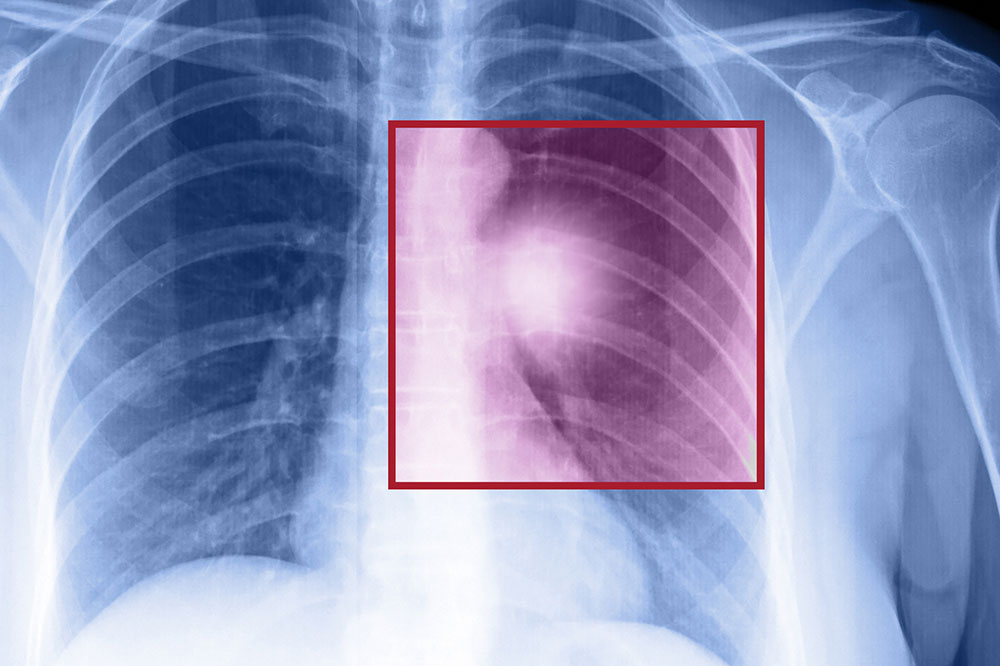Comprehensive Guide to Heart Diseases: Recognizing Symptoms, Understanding Causes, and Identifying Risk Factors
This comprehensive article explores the various types of heart diseases, their symptoms, causes, and risk factors. It emphasizes the importance of early detection, lifestyle changes, and medical interventions to prevent severe cardiovascular issues. Understanding these aspects can empower individuals to take proactive steps towards maintaining a healthy heart and reducing the risk of life-threatening conditions.

Comprehensive Guide to Heart Diseases: Recognizing Symptoms, Understanding Causes, and Identifying Risk Factors
The human heart, a vital organ responsible for pumping blood and ensuring the circulation of oxygen and nutrients throughout the body, can be affected by numerous health conditions collectively known as cardiovascular diseases. These ailments encompass a broad spectrum of disorders that impact the heart's structure, function, and blood vessels. Cardiovascular diseases remain the leading cause of death worldwide, emphasizing the importance of understanding their signs, causes, and risk factors for early detection and effective management.
Heart diseases can manifest in diverse forms, including coronary artery disease, arrhythmias, congenital heart defects, cardiomyopathies, and infections affecting the heart. Each condition has unique symptoms, underlying causes, and risk factors, but many share common features that alert individuals and healthcare professionals to potential problems. Recognizing these warning signs promptly is crucial for timely intervention, which can significantly improve treatment outcomes and reduce mortality rates.
Recognizing Common Symptoms of Heart Conditions
Since heart diseases cover various disorders, their symptoms often vary depending on the specific ailment. However, certain signs frequently indicate heart-related issues. Understanding these symptoms can facilitate early diagnosis and treatment, ultimately saving lives.
Symptoms of Atherosclerosis
Persistent chest discomfort or pressure, often described as tightness or squeezing sensation
Shortness of breath, especially during exertion or stress
Cold extremities, numbness, or a sensation of weakness in the limbs due to impaired circulation
Pain radiating to the jaw, neck, shoulders, back, or arms, which may occur during physical activity or rest
Symptoms of Arrhythmias
Fluttering or pounding sensations in the chest
Irregular heartbeat rhythms—either too fast or too slow
Discomfort or pain in the chest area associated with abnormal heartbeats
Dizziness, lightheadedness, or fainting episodes
Sudden weakness or fatigue, especially after physical exertion
Signs of Heart Congenital Defects
Blue tint to the skin, lips, or fingernails due to poor oxygenation
Swelling in the abdomen, legs, or around the eyes, indicating fluid retention
Feeding difficulties, rapid breathing, or shortness of breath in infants
Symptoms of Dilated Cardiomyopathy
Breathlessness during activity or when lying down
Swelling in the lower limbs such as legs, ankles, or feet
Persistent fatigue and episodes of dizziness or lightheadedness
Irregular or rapid heartbeat, sometimes accompanied by chest discomfort
Signs Indicating Heart Infections
Fever and chills, often persistent
Difficulty breathing or shortness of breath
General weakness and malaise
Altered heart rhythms, which may cause palpitations
Persistent cough, sometimes accompanied by chest pain
Skin rashes or unusual marks, sometimes indicating infection spread
Understanding the Causes of Heart Diseases
The origins of heart conditions are diverse and often multifaceted. Genetics, lifestyle choices, and environmental factors significantly influence heart health. Here are the primary causes of various heart disorders:
Development of Atherosclerosis: The buildup of fatty deposits or plaques within arterial walls, predominantly caused by unhealthy habits such as poor diet, physical inactivity, smoking, and excessive alcohol consumption. Over time, these plaques narrow the arteries, restricting blood flow.
Arrhythmias: Disruptions in the heart's electrical conduction system can stem from congenital abnormalities, structural heart disease, or acquired conditions like high blood pressure, diabetes, or medication side effects. Substance abuse, particularly of stimulants, can also provoke arrhythmic episodes.
Heart Infections: Bacterial, viral, or parasitic pathogens can invade the heart tissue, leading to conditions like endocarditis or myocarditis. These infections often originate from other parts of the body or via bloodstream infections.
Valvular Heart Diseases: Problems with the heart valves, either stenosis (narrowing) or regurgitation (leakage), are commonly caused by rheumatic fever, congenital defects, or connective tissue disorders such as Marfan syndrome.
Understanding these causes can help in identifying risk factors and implementing preventive measures.
Risk Factors for Heart Disease
Several factors elevate the risk of developing heart diseases. While some are non-modifiable, such as age and genetics, others are linked to lifestyle choices and environmental exposure. Recognizing and modifying these risk factors can significantly reduce the likelihood of heart problems.
Age: As individuals age, the risk of artery stiffening, vessel damage, and heart muscle weakening increases, making age a critical factor.
Family History: A family history of cardiovascular disease indicates a genetic predisposition, necessitating vigilant health monitoring and preventive care.
Medical Treatments and Therapies: Past treatments like radiation therapy or chemotherapy may inadvertently damage heart tissues or blood vessels, increasing future risk.
High Cholesterol Levels: Elevated LDL cholesterol levels contribute to plaque development and arterial narrowing, impeding blood flow.
High Blood Pressure: Hypertension causes arterial walls to thicken and harden, promoting atherosclerosis and increasing the risk of heart failure.
Poor Hygiene and Oral Health: Neglecting oral hygiene can lead to infections that may develop into systemic conditions affecting heart health, such as infective endocarditis.
Incorporating lifestyle modifications, regular health check-ups, and managing existing health issues are essential strategies to prevent heart diseases and maintain cardiovascular health.





